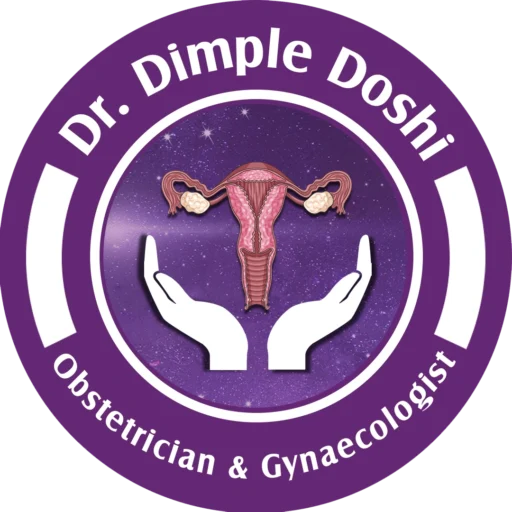Expert Laparoscopic Adhesiolysis in Goregaon West, Mumbai
Laparoscopic Adhesiolysis are bands of scar tissues that form between organs usually after surgery or infection like PID (pelvic inflammatory disease) About 95% of the patients who undergo any abdominal surgery will develop adhesions as they are an inevitable part of the body s healing process. Adhesions do not show up on any conventional imaging tests but they are discovered during diagnostic surgery or for treating some other conditions and at that time adhesiolysis is performed. Though most of them are symptomatic; some can cause pain; infertility or obstructions.
Adhesiolysis is a procedure in which the adhesions are removed either by cutting with scissors or by electric current. Laparoscopic adhesiolysis is the procedure where adhesiolysis is done with laparoscopy. A laparoscope provides clear and precise visualization and magnification of the adhesions and affected organs and so it is more precise
Dr. Dimple Doshi at Vardaan Hospital; believes prevention is better than cure, and thus apart from the precise treatment guidelines; preventive measures are an essential part of our consultations with the patients who have either had it or want to know more about it.
Causes of Adhesions
Adhesions often form on the inner lining of the abdomen; however they can also develop between:
- organs
- intestines
- abdominal wall
- fallopian tubes and ovaries
- Uterus and the abdominal wall
Indications of Laparoscopic Adhesiolysis
- Chronic lower abdominal pain
- Abnormal bowel movements
- Infertility
- Pain
- Intestinal blockage leading to vomiting; pain or inability to pass stool.
Types of Adhesiolysis
- Pelvic adhesiolysis: This is a procedure to excise the adhesions developed in the pelvis mostly due to endometriosis or other problems.It is done with laparoscopy.
- Hysteroscopic adhesiolysis: Hysteroscopic adhesiolysis is a surgery that removes adhesions from inside the uterus using a hysteroscope. Adhesions inside the uterus can cause infertility and complications with pregnancy. Having adhesions in the uterus is also called Asherman s syndrome.
Pre Operative Preparations:
- You will be asked to carry all your investigation reports which include your complete blood count ; liver ,thyroid; kidney function tests and other preoperative tests and the x ray chest.
- You will be asked to be on light diet a day prior to surgery especially to avoid milk and milk products as they bloat your stomach.
- You will be asked to stop the medications like estrogen containing medicines a month prior to surgery and also blood thinners like aspirin at least a week prior to surgery. At the same time you will be asked to continue your thyroid; blood pressure and diabetes medications.
- You will be asked to report any signs of illness in case you have it prior to surgery.
- A night prior to surgery you will be given bowel cleansing solutions so that on the day of surgery you are not bloated and this makes your surgery and recovery easier
Procedure
1. This procedure is done under general anesthesia in the operating room.
2. A small incision is placed around your umbilicus and through this, your abdomen is inflated with Co2 gas and then a fibreoptic telescope is introduced and all abdominal organs are inspected.
3. Two or Three more such tiny incisions are placed on the abdomen through which other tiny laparoscopic instruments are inserted.
4. The whole abdominal cavity is examined thoroughly. The extent and nature of the adhesions are determined and your gynecologist will assess how dangerous the adhesions are like their proximity to the vital organs and major blood vessels. And after mapping out; your doctor will proceed to cut the adhesions, Sometimes the procedure is done with cold scissors and sometimes using current using high-frequency electrosurgery generators which hasten post-operative recovery.
Post Operative Period
You will be in the recovery room for 2 hrs after you wake up from anesthesia. You may feel sleepy for the next few hours after which you will be shifted to your room.
You may have mild pain in your shoulder or back which is because of the gas used in surgery but it will subside in a day or two.
You may have some discomfort in the area or you may feel tired for a few days after the procedure but with each passing day, you feel better.
Contact your doctor immediately if the pain does not go away or if it is associated with nausea and vomiting or any other problems.
Recovery and Discharge After Laparoscopic Adhesiolysis
You will be asked to start taking clear liquids 6 hrs after the surgery followed by light diet. You may be asked to walk around the same day if there is no catheter.
If a urinary catheter is placed; it will be removed the next day and you will be asked to walk around.
You will be discharged the next day.

